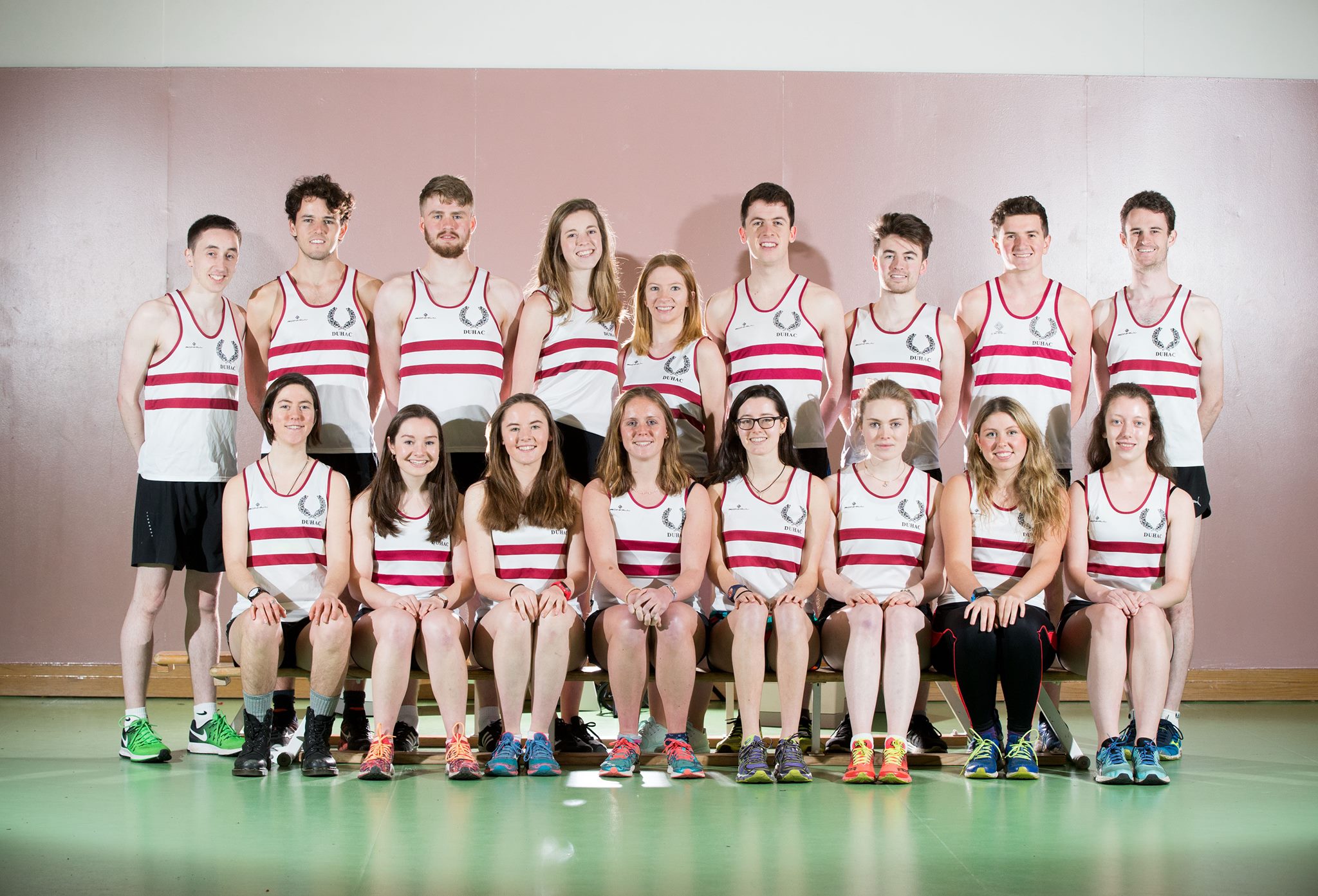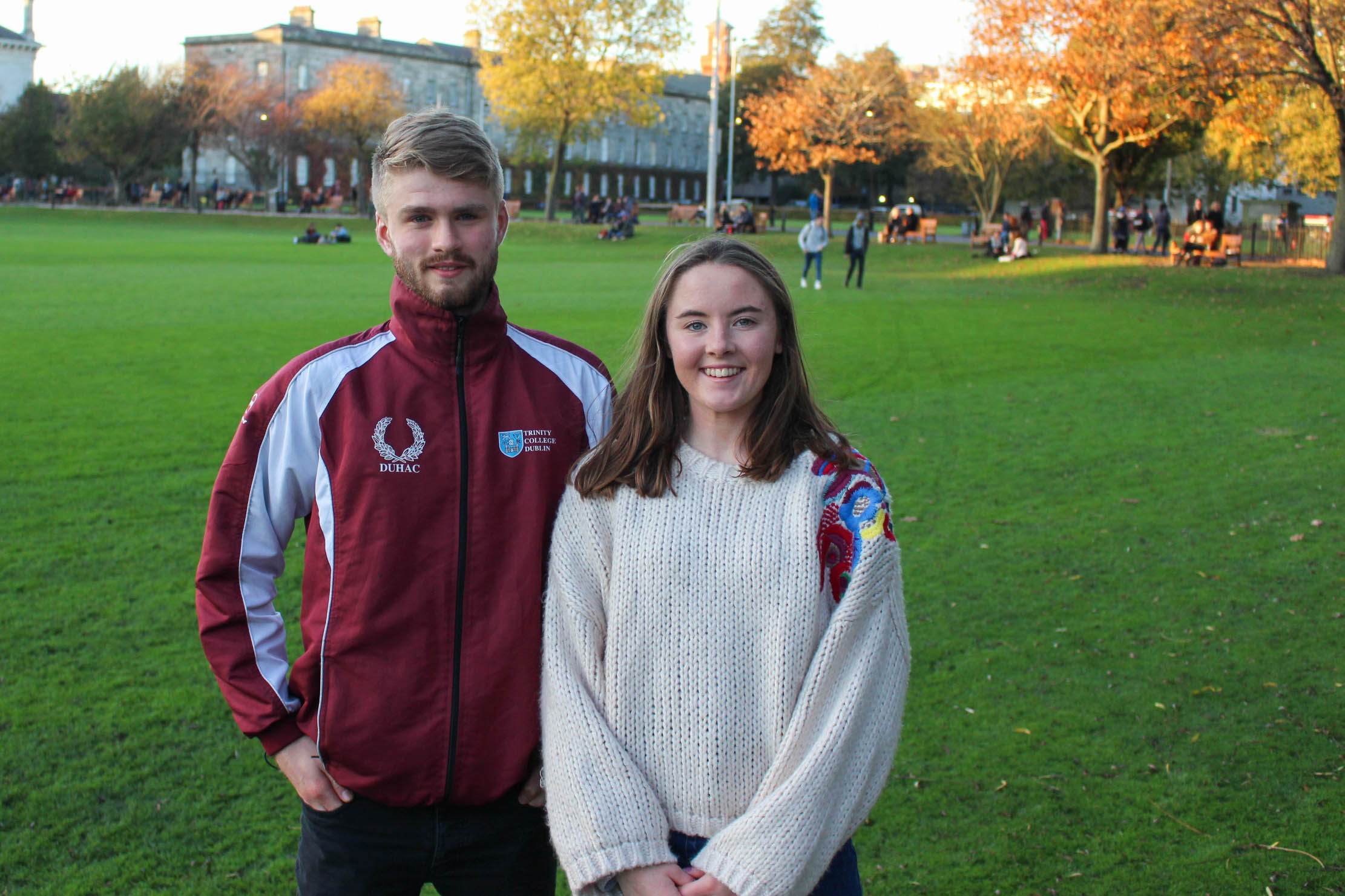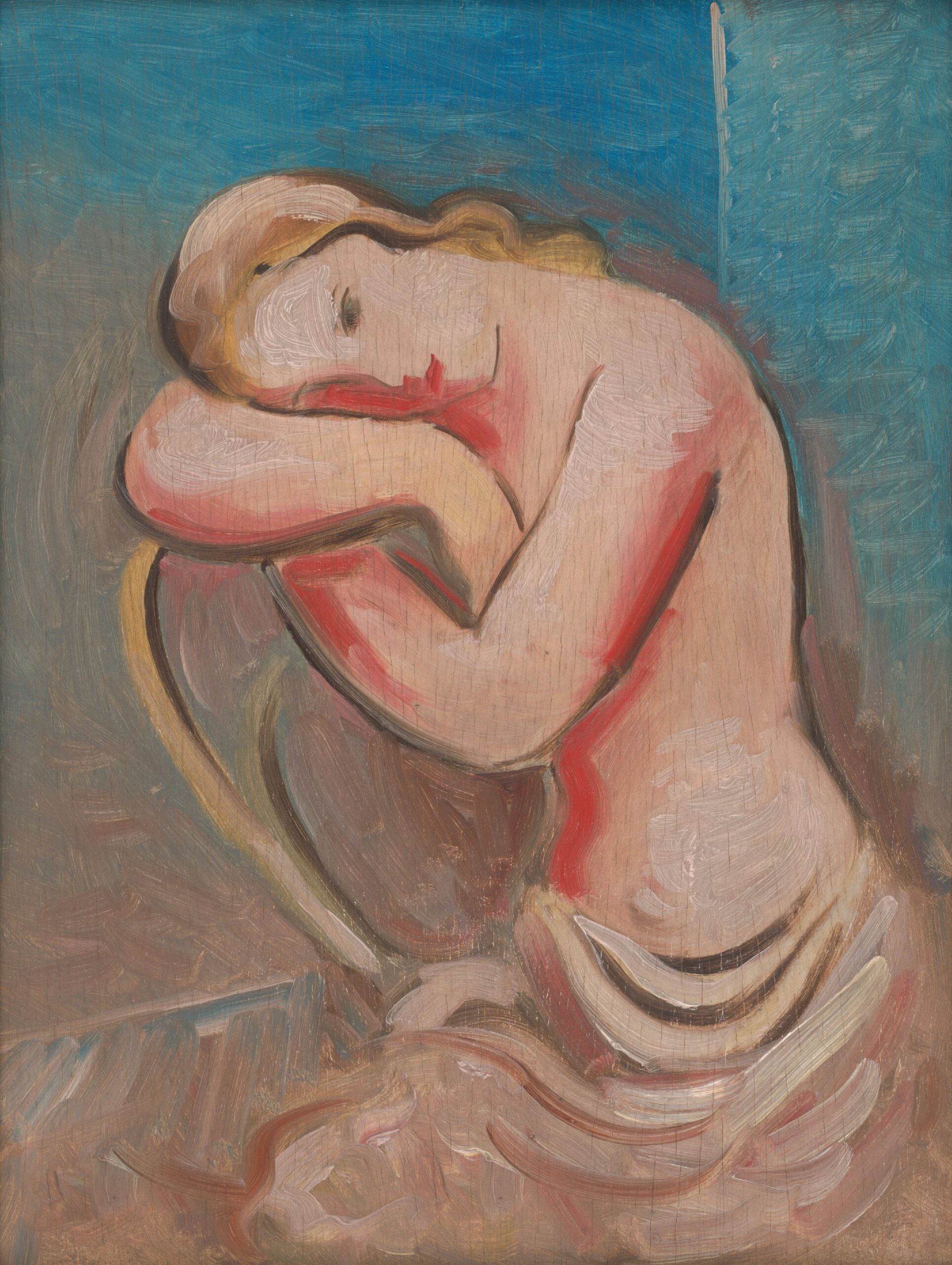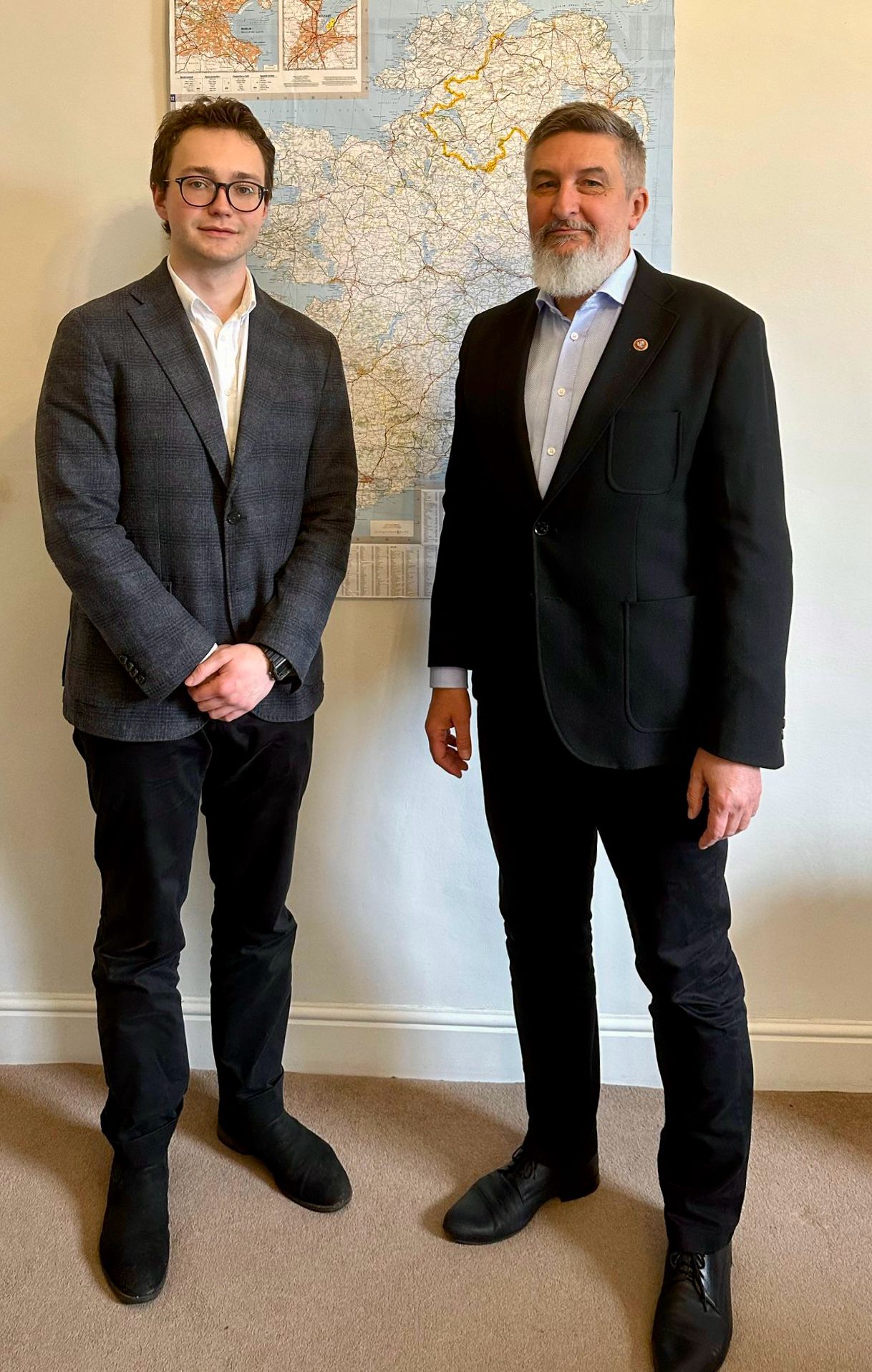The University of Cambridge, October, 1919 – a 20-year-old Jewish man named Harold Abrahams steps into the world’s most hallowed academic fortress for the first time. Books aren’t the only thing on his mind, however.
Crippled by anti-Semitism and demonised due to prejudice, Abrahams would ascend to become a revered figure in British athletics, winning the 100-metre gold at the 1924 Olympic Games in Paris. More importantly, it was Abrahams who inspired the plotline for the iconic 1981 film Chariots of Fire, and it was this film which brought us the memorable theme music that is still considered among the best in cinematic history.
Why is all of this relevant? Well, according to the film, Abrahams was also the first individual to complete the “Trinity Great Court Run”, a 341-metre sprint around Cambridge’s central courtyard, which must be completed within 43 seconds or the 24 chimes it takes the clock to strike 12 noon.
Wander into Front Square in Trinity in early April next year and you’ll find something similar happening. Dublin University Harriers and Athletics Club (DUHAC) has established its own annual “Chariots of Fire” event, replicating the famous Cambridge tradition on the cobblestones of Ireland’s most hallowed academic fortress. At 240 metres, the run is slightly shorter, starting from the Rubrics before continuing under the Campanile, circling the square and finally past Front Arch to finish, once again, at the Campanile. It’s free to all students, and it’s likely you’ve unknowingly run the route while attempting to get to a lecture on time, so why not hit the cobbles next April? As DUHAC describe, “it’s perfect for serious and non-serious runners alike”.
It’s clear that in DUHAC the philosophy isn’t centred on success or achievement. The emphasis is on health, friendship and enjoyment
Galwegian Rory Owens, a third-year maths student in the College, is this year’s men’s Club Captain. His dedication to DUHAC is palpable when speaking with him, but his love for athletics had evolved long before he entered through Front Arch.
“Schools athletics was probably one of the fondest memories of that I have personally and my own school, St Mary’s in Galway, was big into it. So obviously I thought college athletics would be similar, and it really has been.”
People run for different reasons – some crave the elation borne of hitting the roads like Sonia O’Sullivan, others enjoy the tyranny of being the sport’s greatest villain like Justin Gatlin and, of course, there are certain individuals who don’t take it too seriously, who just get out there and run for fun, like Usain Bolt. You can judge yourself, which is the best category to be in, but it’s clear that in DUHAC the philosophy isn’t centred on success or achievement. The emphasis is on health, friendship and enjoyment.
“It’s great for keeping fit and active, in that there’s athletics pretty much every day of the week. There’s a great community aspect to the club because the men’s and women’s teams train together, which brings us closer.”
The Women’s Harriers Captain, Clíona Murphy, a Dublin native, also extolls the benefits of being part of DUHAC, benefits which extend well beyond health and fitness.
“The comradery, when you get to meet so many people from different backgrounds, courses, years, whatever. Take, for instance, the guys who just recently left the college. They were the ones who got me involved in the first place and had built a really strong club for us to take forward.”
It came down to a decision about whether to go to Edinburgh with the camogie girls, or Lanzarote with DUHAC
Both Owens and Murphy developed a passion for athletics in their formative years, paving the way for their involvement with DUHAC, a club with between 60 to 100 active members, each of which varies in their level of participation. It’s streamlined into two distinct dimensions, the Harriers, who are essentially cross-country runners, and the track athletes, who, surprisingly enough, focus on the track. The two are not mutually exclusive however, and plenty of members engage in both. Everybody relishes the euphoria that running brings, but also, as Owens explains, its unitary focus.
“There’s something very attractive about athletics, in terms of its fundamental nature. The solo aspect of it, just constantly trying to make yourself better. I would have played team sports when I was younger, of course, but when you’re out on the track or running up in the hills it’s you and you only. You’re competing against yourself really, just trying to beat your own personal best.”
This might give you the impression that these athletes are solitary. Far from it, they enjoy pursuing individual goals and personal bests, but the collective narrative runs deep.

Last year’s DUHAC team.
“What happens in clubs is that people of like minds congregate, like in DUHAC we’re all interested in getting fitter, improving our times, our level of competition. That’s what we talk about because we’re all on the same platform.”
The story of how Murphy ended up concentrating on athletics is rather comical. In first year, she joined both DUHAC and the Camogie Club and, before long, was left with a dilemma.
“Really, it came down to a decision about whether to go to Edinburgh with the camogie girls, or Lanzarote with DUHAC. It was the warm-weather training camp that won out, and from then on I was kind of roped in and I’ve been here since.”
Her situation could be considered typical of numerous young athletes across the country. Many of our most talented sports people are faced with a decision to choose between two sports they love. The majority will opt for GAA, soccer or rugby, the mainstream codes. Athletics is that bit more obscure, and could be considered underfunded. It’s slightly surprising because, as Owens points out, natural talent is far more identifiable than in other disciplines.
“Athletics has a very wide base. Talent gets found easily, as opposed to other more specialised sports where it’s maybe more difficult to get an opportunity.”
However, there’s a downside to this. The level of competition is consequently very high, and Murphy informs me that universities like Dublin City University (DCU) generally hold a monopoly over the medal podium. This is mainly due to the funding and the allocation of sports scholarships, though DUHAC are no stranger to success either.
Talent gets found easily, as opposed to other more specialised sports where it’s maybe more difficult to get an opportunity
“We had a really talented pentathlon team last year, a couple of great multi-eventers, so they managed to grab that trophy off DCU. Everyone was delighted to see us win it.”
Whatever about the opportunities for success, there’s certainly no shortage of chances to compete. The DUHAC calendar is jam-packed, and next March it features one landmark occasion which will turn all eyes in the Irish athletics scene once again towards Santry. This time, however, they won’t be focused on Morton Stadium, where the National Track and Field Championships are held, but instead on Trinity’s Sports Grounds, which will host the annual Cross-Country Intervarsities. There’s also the National Indoor Track and Field in Athlone to look forward to, as well as a Colours event with University College Dublin.
For the moment, the club’s sights are firmly set on its Road Relay competition, which Murphy describes as a great way to figure out what kind of teams they’ll have this year.
DUHAC doesn’t seriously compete at an elite university level, nor does it aspire to. Owens’s objective is to increase participation so that others can experience the enjoyment that the sport has given him. That’s not to say there isn’t talent in their ranks. Take Conall Hayes, for example, a second-year medicine student who represented Ireland this year at the world under-20’s.
So things are running smoothly for Trinity’s athletics club. With darkness descending on the College earlier every evening, the light of DUHAC burns ever brighter. You’ll see them most nights, students of all types, who just want to get out there and run. It’s this Forrest Gump mentality that drives them and, judging by their zest and enthusiasm, it’s not a half bad mentality to have.







